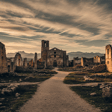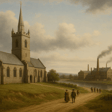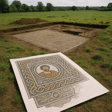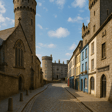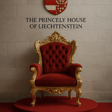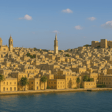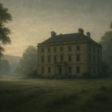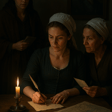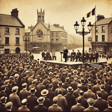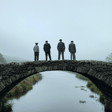
Friar's Bush Graveyard
Episode nine of the new season of Pieces of History uncovers the rich and often haunting history of Ireland’s graveyards. In this episode, we explore Friar’s Bush Graveyard, one of Belfast’s oldest burial sites, and its deep connections to the city’s past.
Joining me are Dr Deirdre Nic an tSionnaigh and John Bradbury from Cairde na Cille, a group dedicated to preserving and sharing the history of Ireland’s graveyards. Together, we delve into the key moments that have defined Friar’s Bush - from its ancient origins and ties to the penal era to its role during the devastating cholera epidemics. We’ll also uncover the stories of notable individuals buried there and examine how this site serves as a vital link to Belfast’s history.
What secrets lie beneath the headstones? And how does this graveyard reflect the broader history of Ireland and its people? In this episode, we reveal the remarkable stories, key events, and enduring significance of Friar’s Bush Graveyard.
Email: piecesofhistorypod@outlook.com
Facebook: Pieces of History podcast
Instagram: @pieceofhistorypod
Cairde na Cille:
